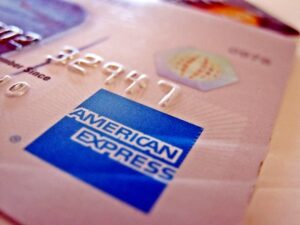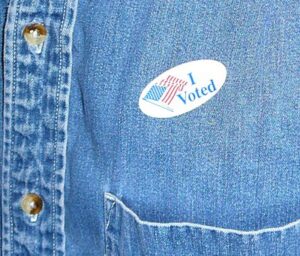Yesterday, I wrote about the Free College Benefit program offered by Eastern Gateway Community College. Since the program’s inception, EGCC’s enrollment has taken off, but a string of serious problems has dogged it, including de-funding by the State of Ohio; cease-and-desist-style intervention by the US Department of Education; and lingering accreditation questions from the Higher Learning Commission.
I also pointed out that free college programs in other states don’t seem to have enjoyed the same success that EGCC’s program does. Keep in mind that EGCC was a small, small community college prior to its partnership with AFSCME. Steubenville, OH recorded a population of slightly more than 18,000 in the 2020 census.
If you’re having trouble envisioning that, every single resident of Steubenville could fit into EMU’s Rynearson Stadium with about 12,000 seats left unfilled. And when you look at enrollment figures from a decade ago – when EGCC served only local students and only in person – the school notched about 1,700 full-time equivalent students. (That’s an increase from its enrollment during the Great Recession, when EGCC reported enrolling fewer than 1,300 full-time equivalent students.)
State-sponsored free college programs have been all the rage of late, but they’re struggling to enroll students. Oregon has labeled its free college program, which it has operated for eight years, a complete failure. Tennessee, which delivered one of the most historically successful free college programs, is now seeing enrollments that match its 2009 levels – well below enrollments when its free community college program, Tennessee Reconnect, began in 2014.
So, what is it about free college opportunities that don’t appeal to the target audiences? In Tennessee, state officials instituted the state’s free college program because they had low post-secondary enrollment and graduation rates, and the state couldn’t attract businesses.
Free college may be a victim of its own success
Fast-forward to 2023. Tennessee has attracted businesses to the state precisely because of its free college program. Heavy hitters like the Ford Motor Company have committed to building manufacturing facilities there for electric vehicles and batteries. Mitsubishi, Nissan, Amazon, Dollar General, Bridgestone Americas and others have joined them. The demand for workers is so intense that companies now hire workers without the post-secondary education they initially came to find.
The timing for employers is bad. Baby Boomers exit the workforce at a rate of 10,000 per day. New workers will not be filling those positions anytime soon, but as the rest of the workforce “moves up” new entry level positions open.
That same timing problem that was bad for employers has been particularly good for employees. The pandemic convinced recent high school graduates to stay out of college classrooms indefinitely. That allowed them to discover that they do not need a post-secondary degree to earn a living. The competition for workers remains fierce, pushing wages up and post-secondary enrollment down.
Free college has not been quite the enticement it would have been if it had hit the market at a different time. Community colleges need to learn to compete with the workforce. To be effective, community colleges must realize that it’s not about the cost of a community college degree. The only effective counter against direct entry into the workforce is the high likelihood of filling a much higher paying job once a person has earned a degree.
Community colleges primarily offer degrees that prepare workers for near poverty wage jobs with little opportunity to increase earnings with experience and no potential for upward mobility. Two-year schools will not fix their enrollment problems until they recognize their error and address it.
Photo Credit: thejaan, via Flickr


























